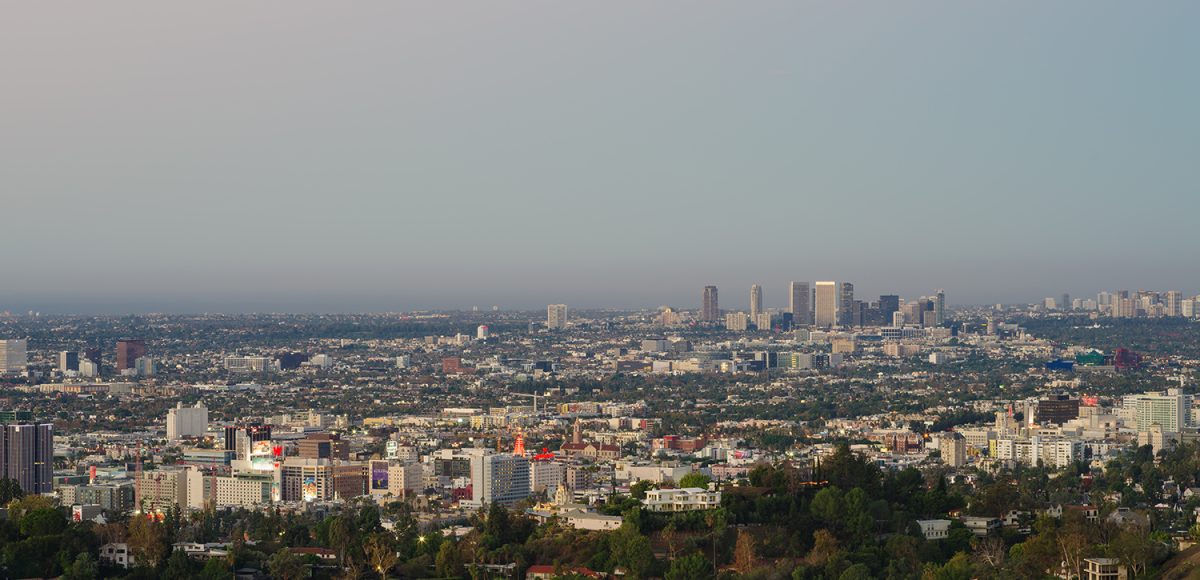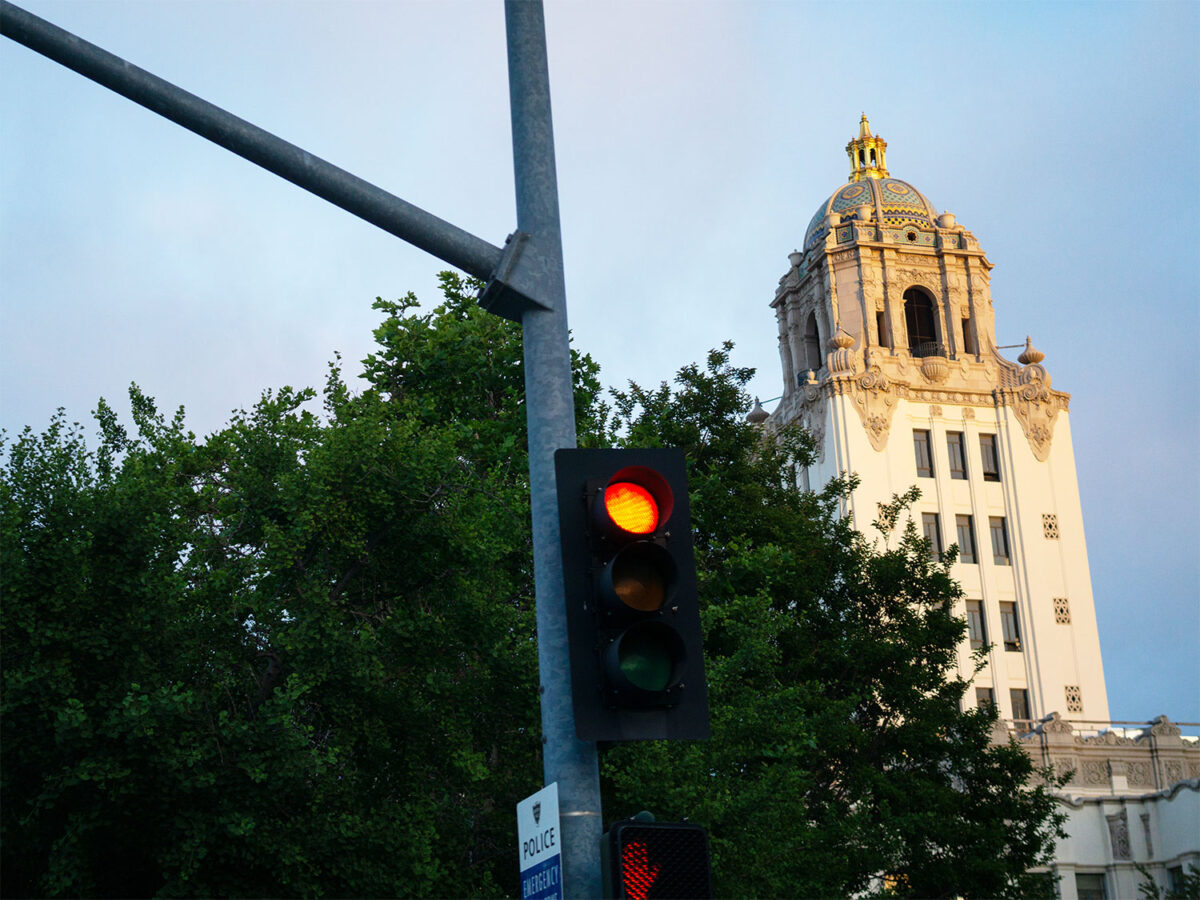The West Hollywood City Council addressed the city’s housing and homelessness crisis and received an update on its five-year anti-homelessness plan at its June 21 meeting. The discussion took place against the backdrop of mounting concern over the end of state eviction protections and a possible wave of evictions.
Los Angeles County has the single largest population of unhoused people in the country. Even with increased attention and a 2017 voter initiative set to generate $3.5 billion over 10 years to help the issue, the population of unhoused individuals has continued to grow and the county’s housing stock remains far below what’s needed. In 2016, the Los Angeles Homeless Services Authority (LAHSA) homelessness count documented around 47,000 people without housing. In 2020, the most recent data available, LAHSA counted a staggering 66,436 people. The 2021 count did not take place due to COVID-19 safety concerns.
The latest count found 112 unhoused people in West Hollywood in 2020–a decline from the 2019 peak of 131. Beverly Hills, unique among its neighbors, counted only 19.
The Council received an update on its five-year initiative to address homelessness in the city. The plan articulates the city’s goals to fight the houselessness crisis.
While the county takes the lead in grappling with the regional homeless crisis, West Hollywood’s “Five-Year Plan to Address Homelessness in Our Community” seeks to direct county-level resources and make progress on a local level. The report received by the Council on June 21 highlights progress made so far, more than halfway into the plan’s five-year time frame.
Since October 2016, West Hollywood and its partners have assisted more than 160 people experiencing homelessness with obtaining permanent housing, 78 of whom were helped since October 2019.
The city passed its five-year plan in 2018–a time when COVID-19 was just a twinkle in the eye of a pangolin. The ensuing public health disaster and economic fallout has complicated and, in some cases, exacerbated issues around housing and homelessness.
The county and West Hollywood responded with a number of measures. Through Project Room Key, an initiative that provides hotel and motel rooms to unsheltered individuals, West Hollywood helped provide 14 unhoused residents with temporary lodgings. Four have transitioned into permanent housing.
The city also dedicated resources toward preventing at-risk residents from falling into homelessness–a concern that grew during the pandemic. Between fiscal year 2019 and 2022, the city provided rental assistance that prevented home loss for 961 people. (For comparison, from fiscal years 2016 to 2019, the city helped 393 people.) During the same timeframe, 34 youths received interim housing through the LA LGBT Center, which West Hollywood contracts with.
At the June 21 meeting, the Council tabled discussion on a request to use an MTA bus yard to provide services, facilities, and temporary shelter to unhoused people. The request came out of the Council’s new Subcommittee on Homelessness. The city made a request to MTA’s Principle Real Estate Officer in April and received a rejection on June 1. The Council will discuss whether to make a request to MTA CEO Stephanie Wiggins and County Supervisor Sheila Kuehl for the space. The Council did not specify when the item would reappear before the Council.
The Council dedicated time to the increasingly fraught question of the role of law enforcement in addressing homelessness. As it stands now, the city relies on the Los Angeles Sheriff’s Department (LASD) to perform some of its outreach to unhoused community members.
The West Hollywood Sheriff’s Department participates in a program with Tarzana Treatment Center to divert addicts away from the carceral system and into treatment. The department also helped distribute masks and hand sanitizer to the homeless, along with other city-contracted homeless outreach teams.
The West Hollywood LASD station also operates a Mental Evaluation Team (MET) to interface with those experiencing homeless and mental illness. The team evaluates whether unhoused individuals require mental health care and connects them to resources.
But after a year of increased scrutiny and deepening scandals, the city is reconsidering aspects of its relationship with LASD. Recently, LASD has been roiled by reports of deputies defrauding West Hollywood by over-billing the city.
“I do not support the sheriff’s being involved in homelessness services. I do not support law enforcement being involved in homelessness services,” said Councilmember John Erickson.
The Council will speak in August about a planned $2 million increase to the city’s $20 million contract with the Sheriff’s Department.







